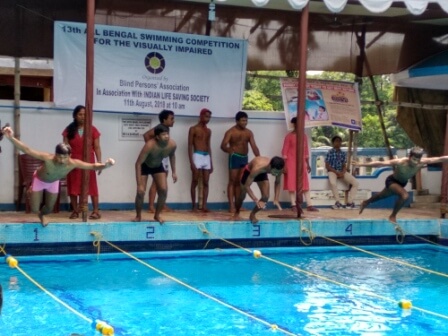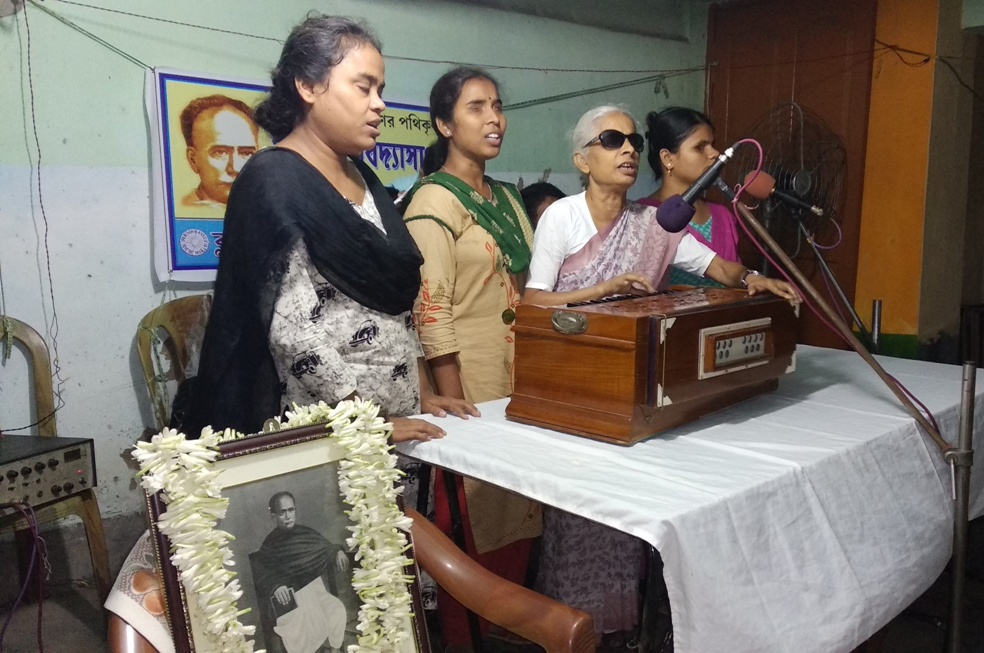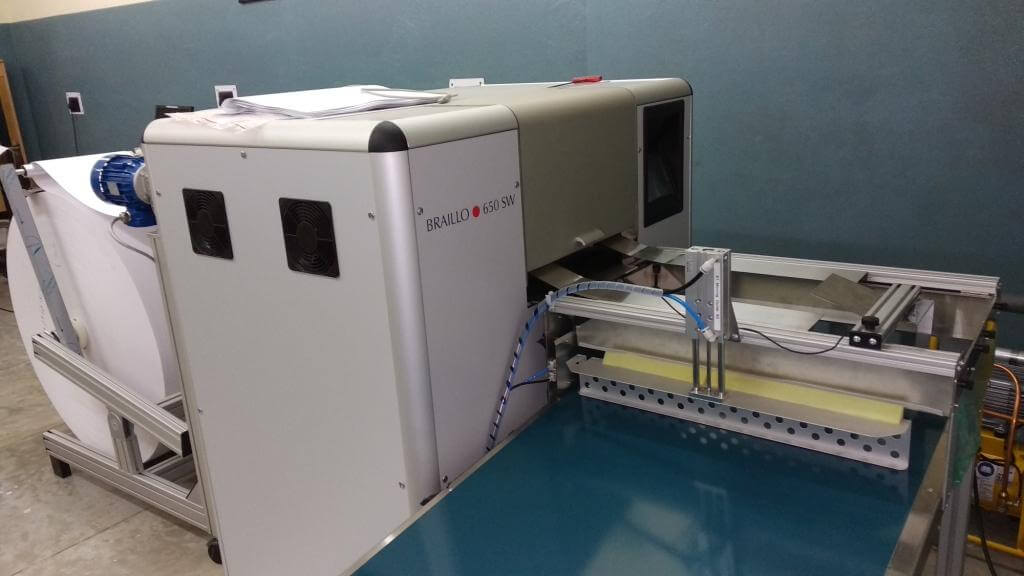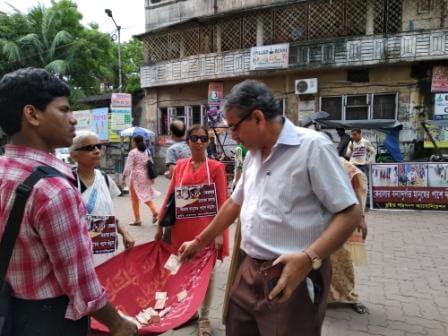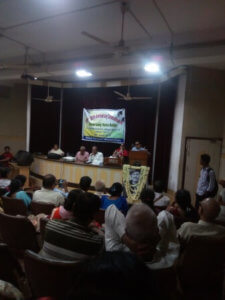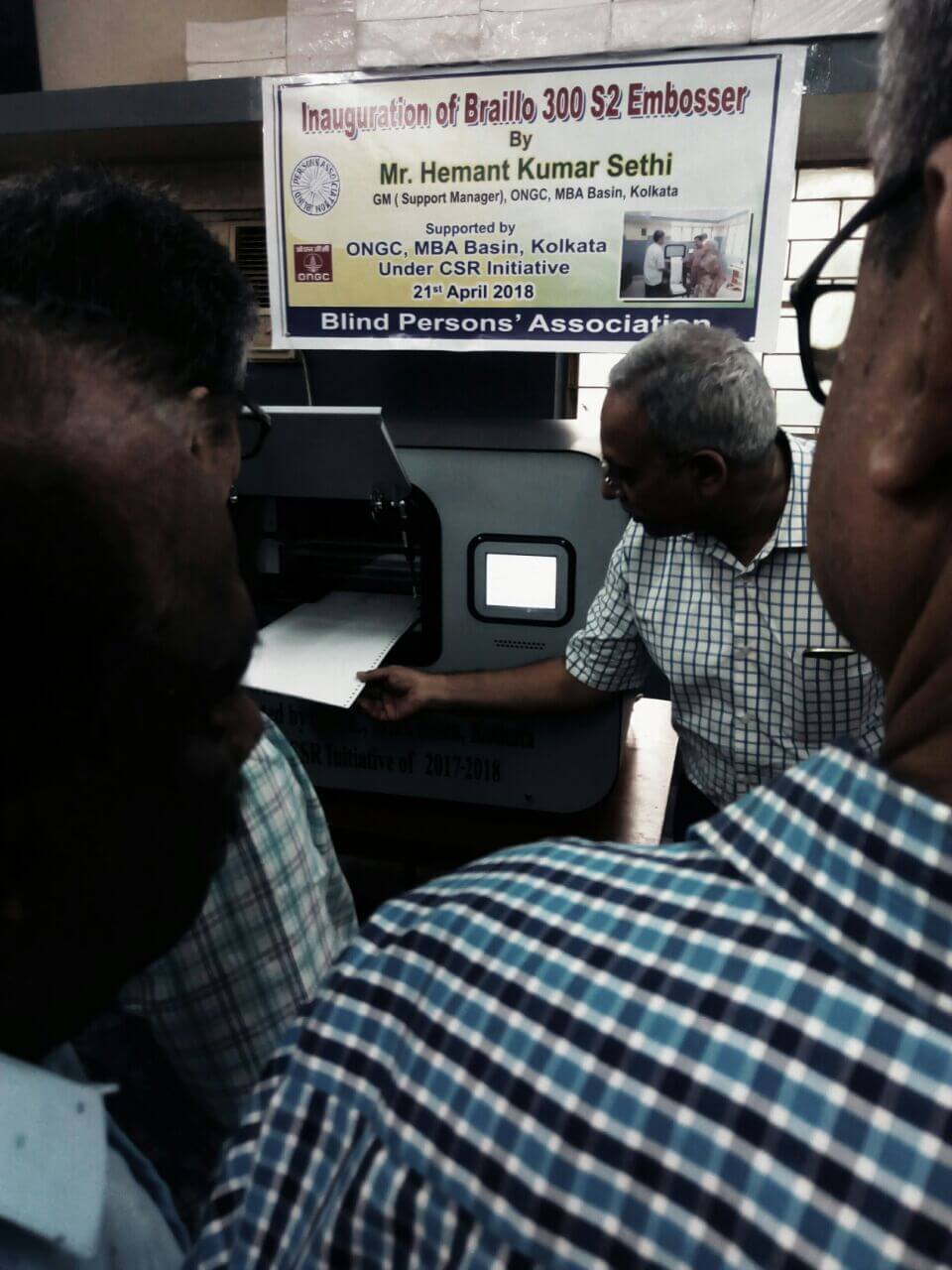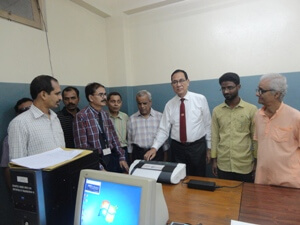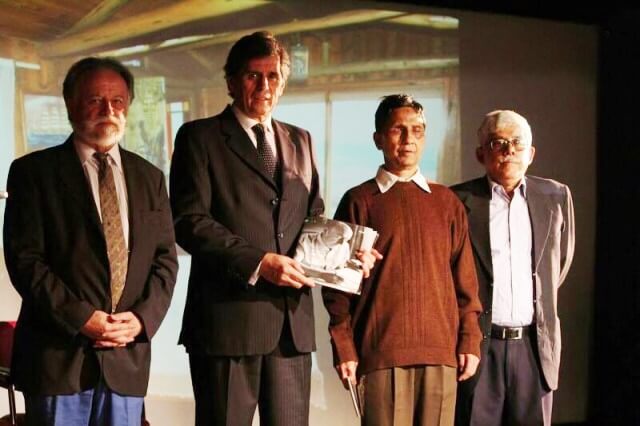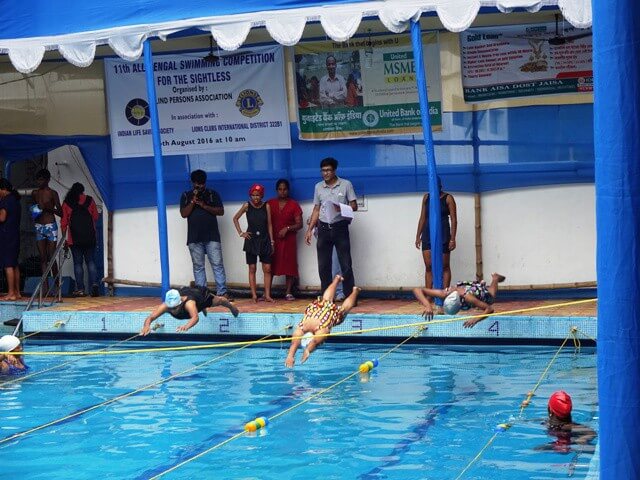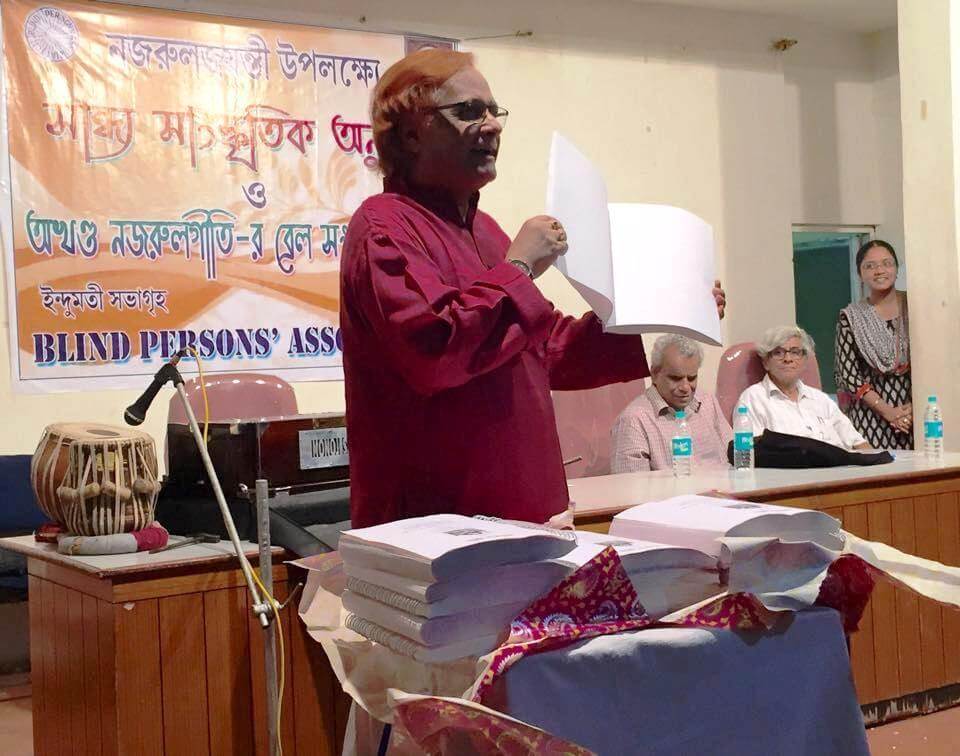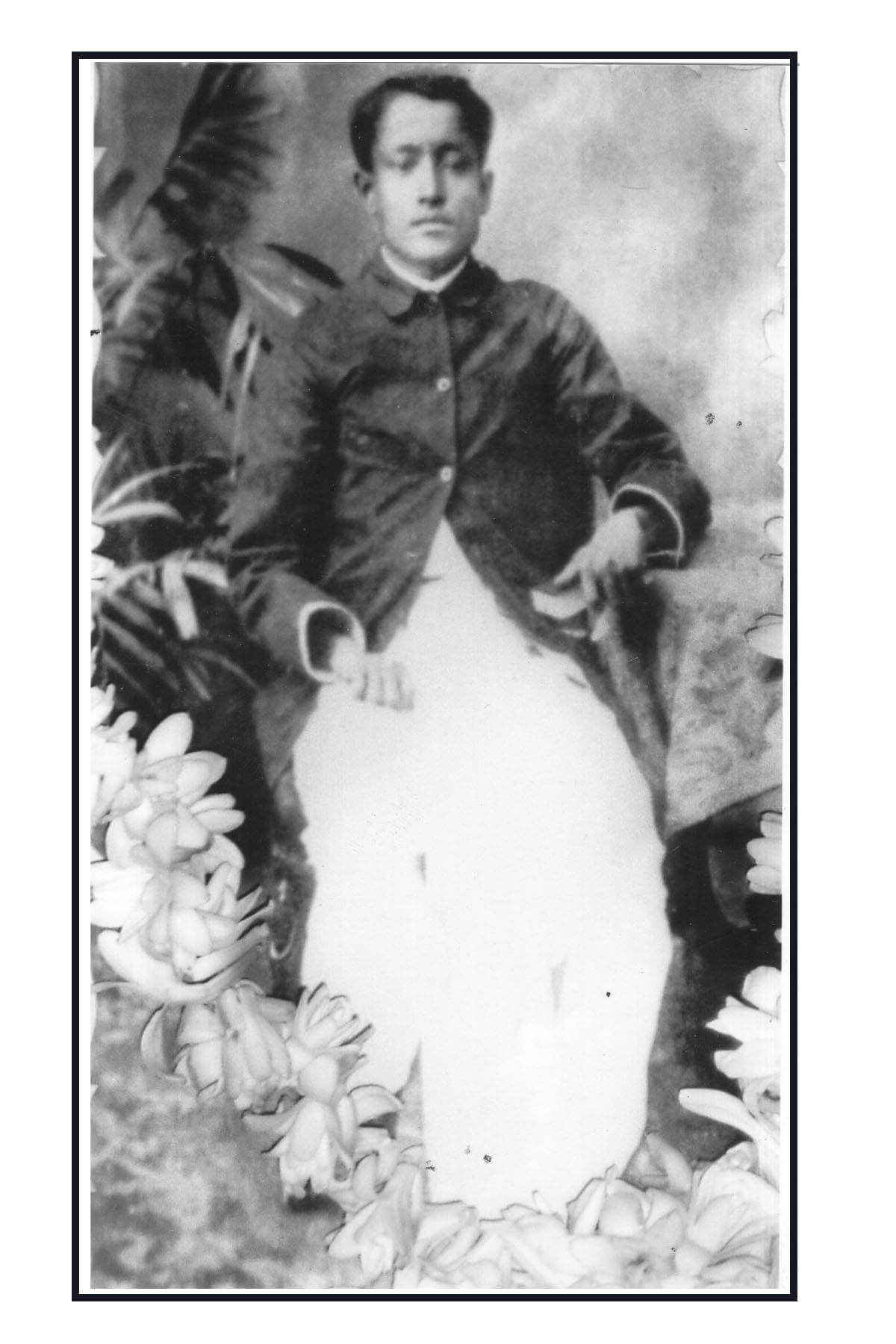The following paper was presented by Dr. Shri Pranab Chakraborty of the Department of Education, University of Kolkata in the Seminar on “the Role of Integrated and Special Education for Sightless children at the Primary Level” organised at H.L. Roy Memorial Hall, Indian Institute of Chemical Engineering, Jadabpur University, Kolkata on August 19, 2006 by Blind Persons’ Association with the aid of Indian Council of Social Science Research (Eastern Region).
Introduction
Importance of primary education for any school age child cannot be over emphasized by any means. From the day Indian Constitution became operative, the successive Governments at centre and the states, left no stone unturned, at least in their sincere intention, to arrange universal free and compulsory education for all children. By the adjective ‘all’ we understand that not only the normal children but also the disabled were also to be covered by the programmes of universalisation. Rapid growth of primary education since our independence could not keep pace with faster growth rate of population. Stagnation and wastage due to dropping out continued to be the major obstacle and lack of any pervasive peoples movement was the root cause of failure in achieving the coveted goal of universalisation even after 60 years of independence.
The plight of the disabled can be easily imagined. In 1993, N.K. Jangira, a member of the Task Force appointed by the MHRD to recommend the modus operandi to implement the NPE (1986) in the case of disabled, wrote that by any means only 5% of the visually impaired children get some kind of primary education. With the advent of 21st century the condition improved substantially which further improved when the Sarva Shiksha Abhijan was launched in 2001. But the gap between demand and provision still remained so wide that it can swallow the entire population of the many smaller nations of the west.
Special education for the blind is available in India for more them 110 years. Number of special schools for the visually impaired, Blind Schools in the Common peoples parlance, remained fewer and confined within the big cities. Rural people remained into the darkness of ignorance; common schools in general, remained indifferent towards their disabled citizens. Only some NGOS came forward in some parts of the country to offer some kind of primary education for the visually disabled children.
When the concept of Integrated Education was introduced in early 1970’s, the scope of educating visually impaired children increased manifold. But in reality only the children with partial visual impairment could be admitted to common schools, rarely the totally impaired ones. The disabled peoples’ Act of 1996 pledged many steps towards education of the disabled with primary emphasis on the people with locomotor disability. But the ones of implementing the Act was primarily passed on to the State Governments, initially, at least in the case of provision of fund and naturally the progress was imperceptibly slow.
With the introduction of the concept of Inclusive education, which is diffident from all other earlier concepts because it pledges to include elementary education in the list of fundamental rights, a new acceleration in this field was expected. But now it is known to all that we are yet to accept inclusive education in its true sense, we are yet to take any significant and effective step still now. The reason is, most likely, lack of any comprehensive planning.
The Major Issues
It is not my intention here in this small article, to present statistical account of what has been done and what has not been done. May be, I am not fully correct in what ever I have mentioned in the introduction. But at least it is correct that there is absence of sincere and serious planning and we are to go a long way for universalisation of elementary education for the disabled. It is essential for that purpose to identify the major issues.
Enrolment
Enrolment of all visually impaired children is the primary condition for their elementary education. Unless a child is enrolled in school nearest to him, we can not dream of bringing ever a fraction of them to school. Therefore, the constraints of enrolment are to be identified, removed and duly addressed. Apparently, this is a simple issue but in my opinion, this is one of the basic issues, primarily because the constraints are not identical any where and everywhere and the constraints are multidimensional—legal, economic, social and psychological also. Visually impaired children are to be enrolled in local primary schools all over the country and this can be meaningfully undertaken only when the major constraints are removed. By way of analogy, I can mention the incidence of Mid-day meal. A good and simple measure towards implementing mid-day meal scheme for primary educands, was not really simple and still now trouble brews here and there every day. Though there is no financial constraint.
Teachers
We can not thing of providing special teachers of every primary school. Trained teachers are fewer in number and it is not feasible also. In western countries, wherever a new step in education is taken preparation of trained teachers is given the top priority. Recently, we notice some expansion of the scope of teacher education for the disabled children but it is still inadequate. The expansion of the teacher education programmes should not be restricted to big cities. It should be distributed over the districts, sub-divisions etc. and scope of in-service training for the regular teachers should be introduce and increased manifold. This should be planned and executed on urgent basis. All legal, motivational, financial and other constraints are to be removed. Our good intentions often bump against financial constraints because always we are accustomed to think in terms of allocating huge additional fund. Additional funds are necessary for the development of infrastructure for teacher education but the optimum utilization of financial resourses should be ensured.
Equipments
Research in the improvisation of equipments required for teaching learning is minimum in our country. It is true also for the education of the disabled. Sophisticated gadgets required for teaching learning helps the disabled learner and these are essential undoubtedly. But is there any way to develop at least some indigenous equipments? Expansion of braille printing system, providing sophisticated equipments at the back level, encouraging utilization of local resources, all these need a careful planning.
Pedagogy and Evaluation
Pedagogy for the visually impaired appears to be traditional and conventional. Research in the development of effective teaching learning techniques suitable for rural primary schools should be planned and encouraged. The individualistic approach in learning is common in regular schools but teaching is not individualized. For any disabled child teaching is individualized in orientation but learning process is psychologically unknown. Can we use the group learning and evaluation procedures very effectively for the visually disabled children in primary schools? It is quite likely, if a visually impaired child is included in a small group of sighted friends with purposive and planned pedagogical approach, it may work miracle. Evaluation, particularly, the day to day criterion referenced continuous evaluation, is another important issue for the primary students. How to evaluate, plan and monitor the progress of learning is an issue which is addressed conventionally. This is important not only for the assessmet of progress of a learner but also for the revision and development of the techniques.
Social Issues
Social integration is possible only when there is an attitudinal and motivational change. This cannot be achieved in a day or two. Widespread integration of disabled children in primary schools is possible with the change of attitude of the teachers, pupils and parents but at the same time, this change can only be achieved by sending them to regular schools. It is a mutual process.
Administrative and financial issues an indifferent inept administration cannot carry on any mission. But at the same time regulations, enforcement of law and a light roped official procedure makes any administration indifferent. Only what is expected from a good administration is dynamicity and limited sensitivity. Cooperation and coordination of the departments in a compartmentalized administration, rapid exchange of information, frequent formal and informal communication cannot only make an administration dynamic and sensitive but it helps to overcome much of the financial constraints. At the root of everything is a good planning.
What is Essential?
Many steps have been recommended by the committees and commissions appointed so far. The recommendations need to be severed and streamlined for preparing initial plan. The census of 2001 took stock of the disabled people in India which is being projected year to year. Accepting these preliminary data and availability of the existing resources a new distribution map of the country concerning the primary education of the disabled should be immediately prepared. This will help us to locate the geographical areas where programmes should be taken up as top priority.
The facilities thus generated should be gradually extended to other areas within a given time frame and taking into account the future population growth. However, the exact nature of planning can only be determined by the experts and those who have dedicated their life for the cause of the disabled.
Dr. Pranab Chakraborty
